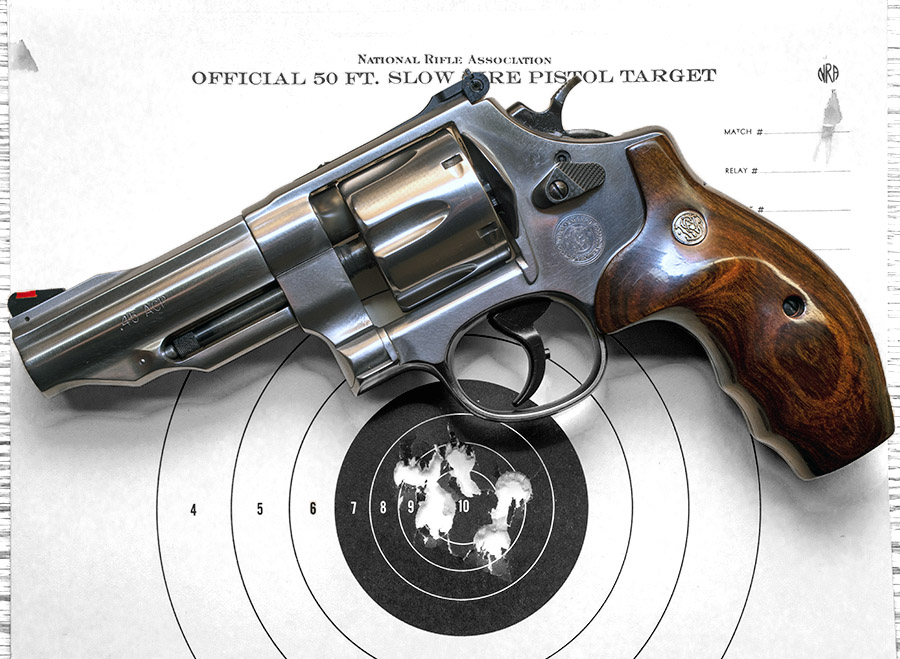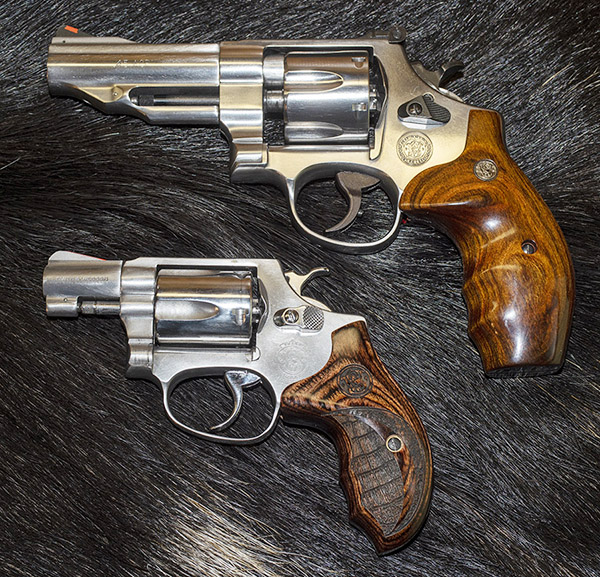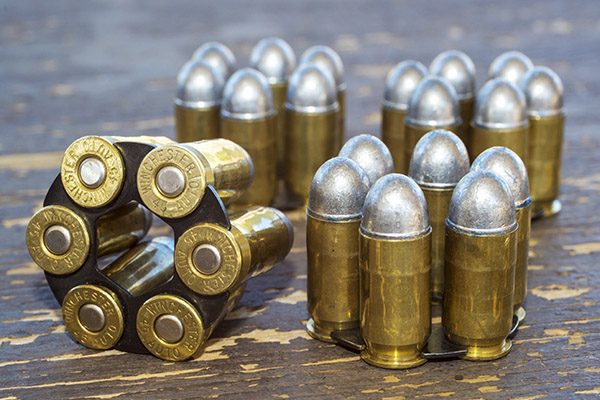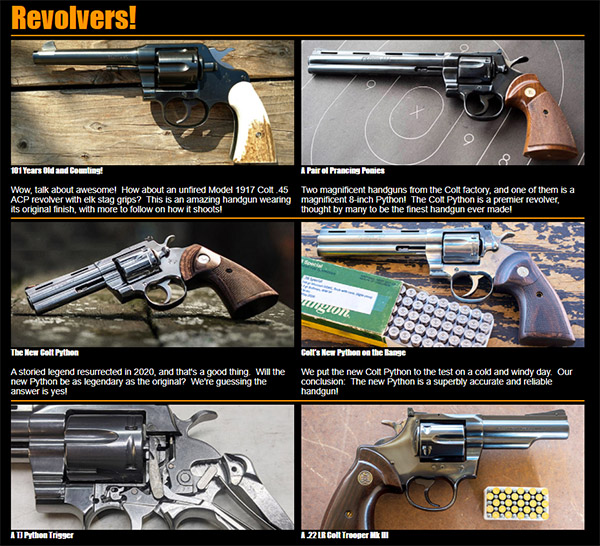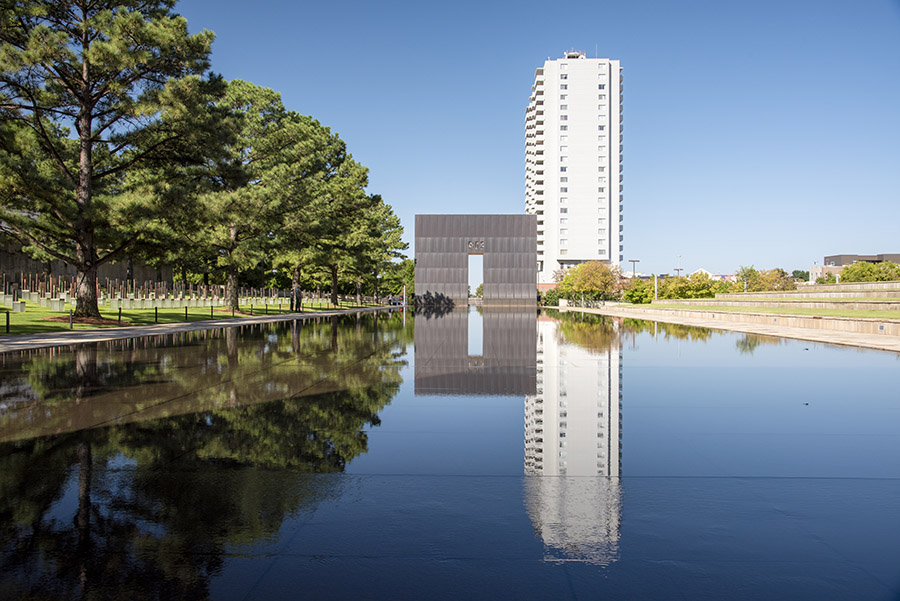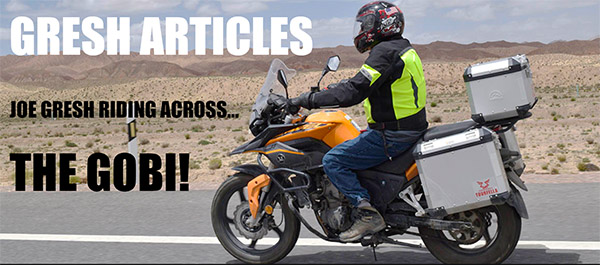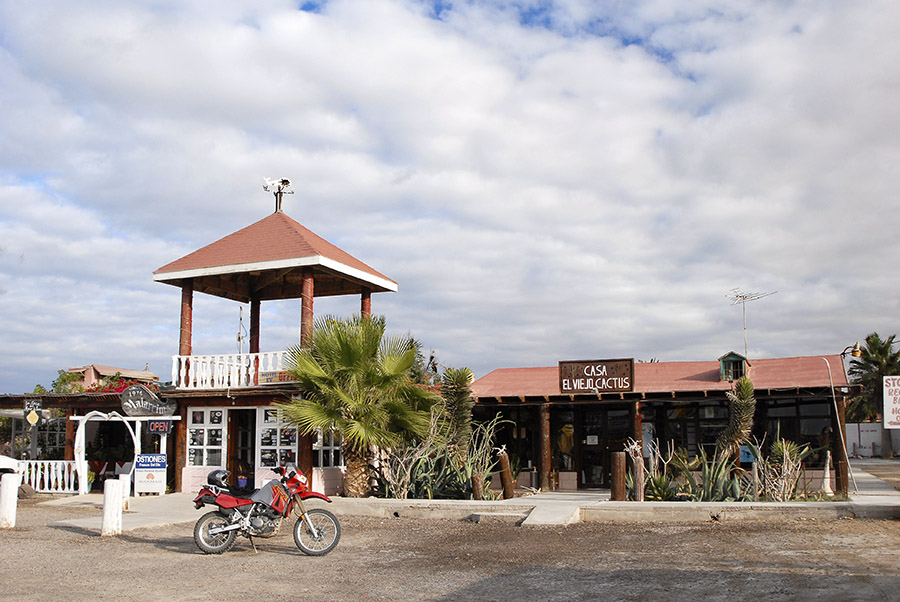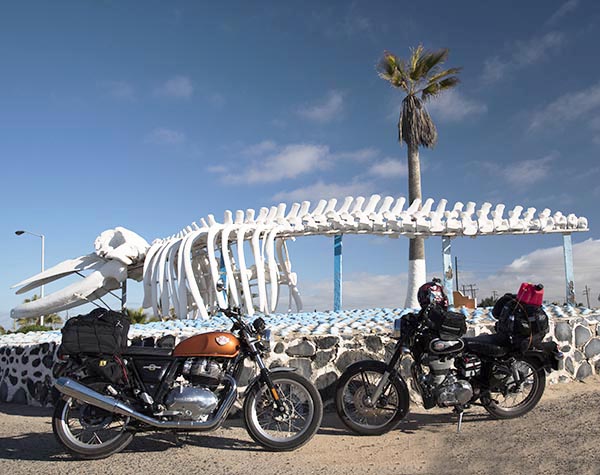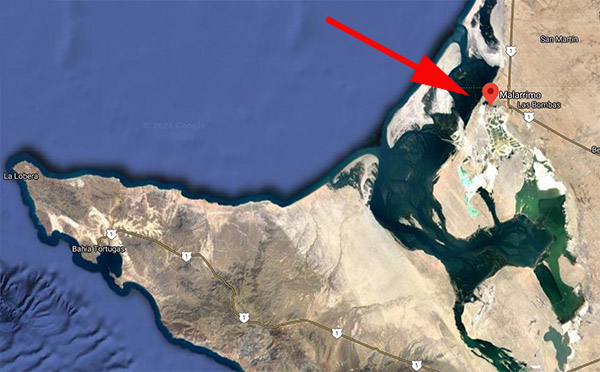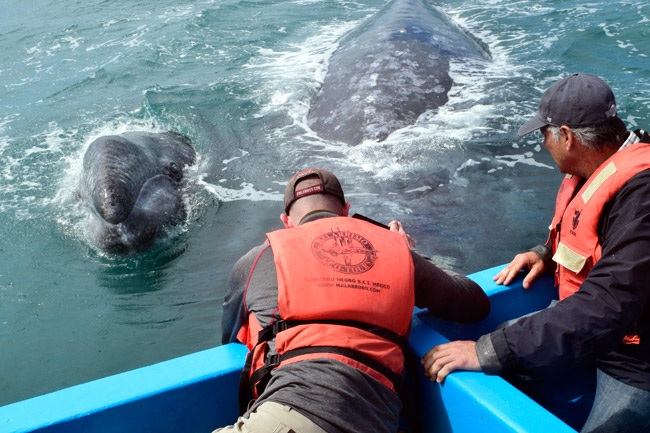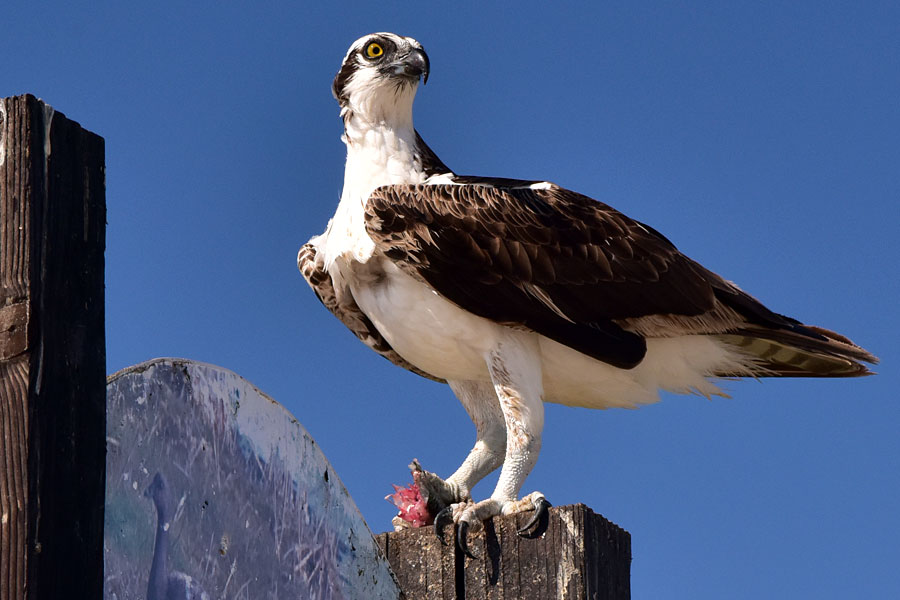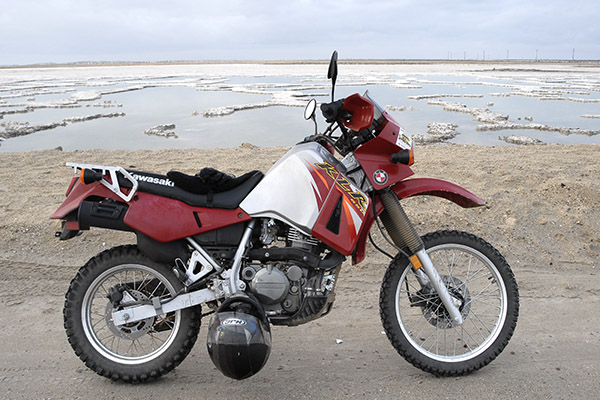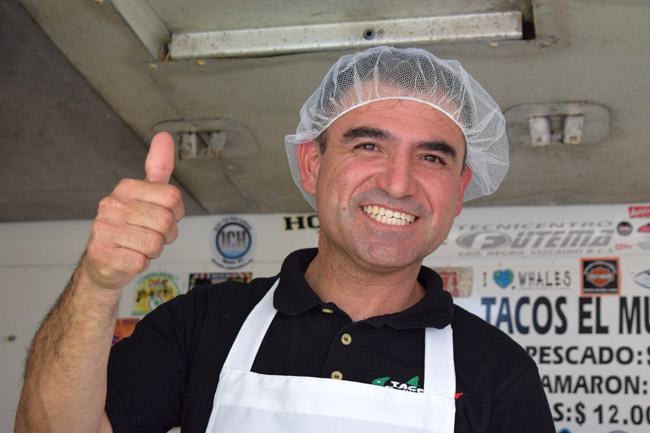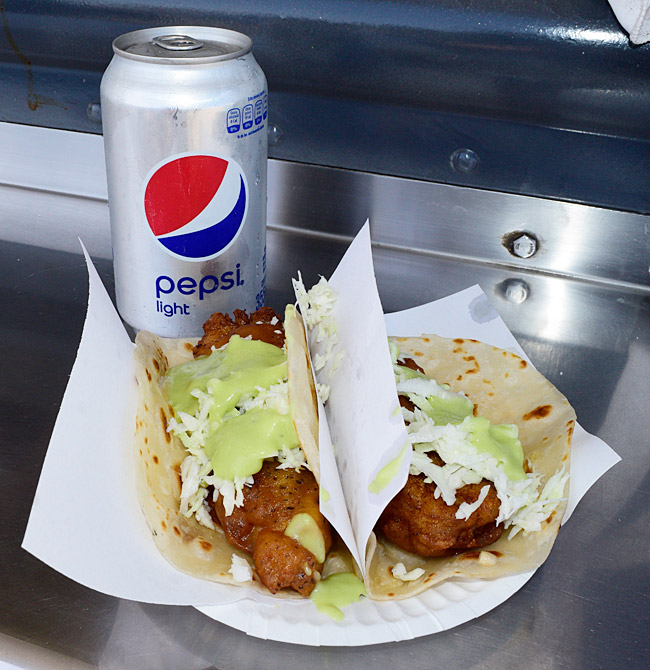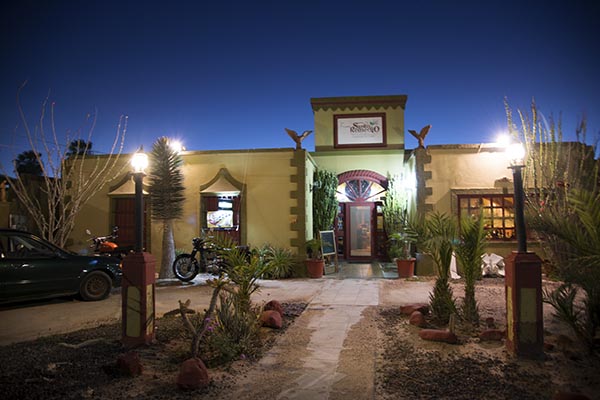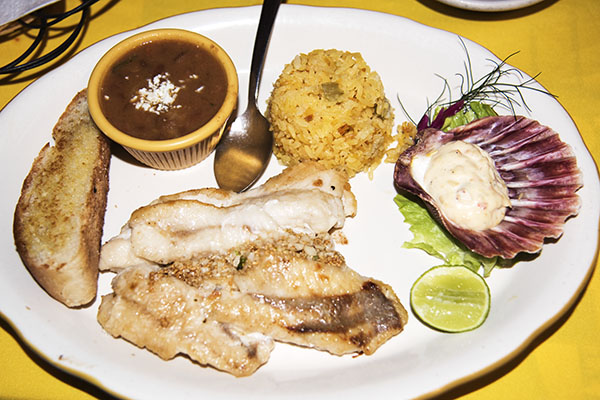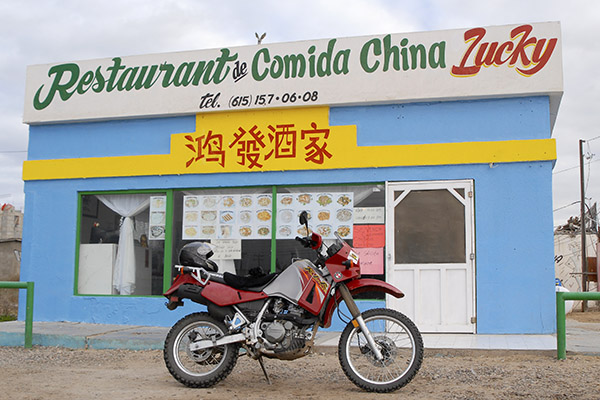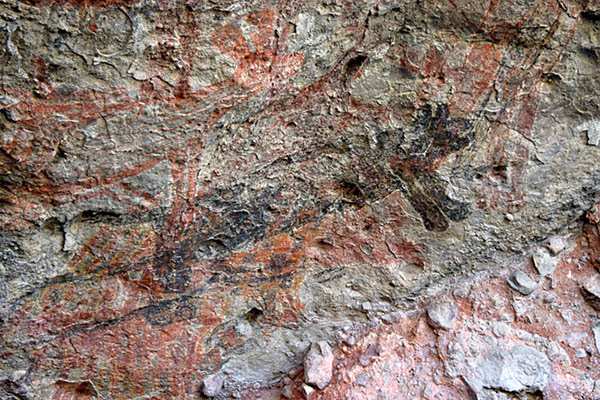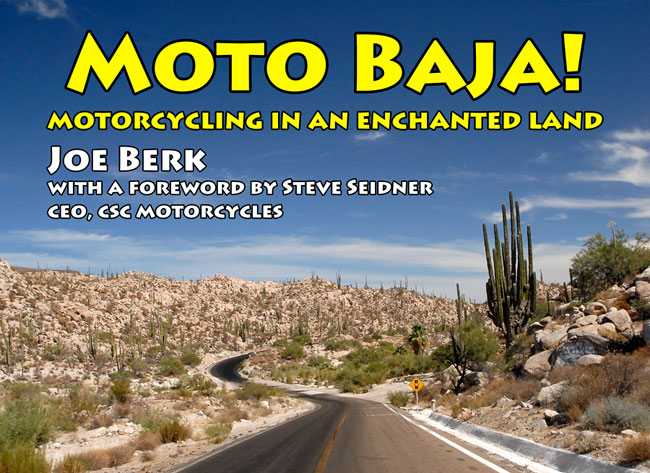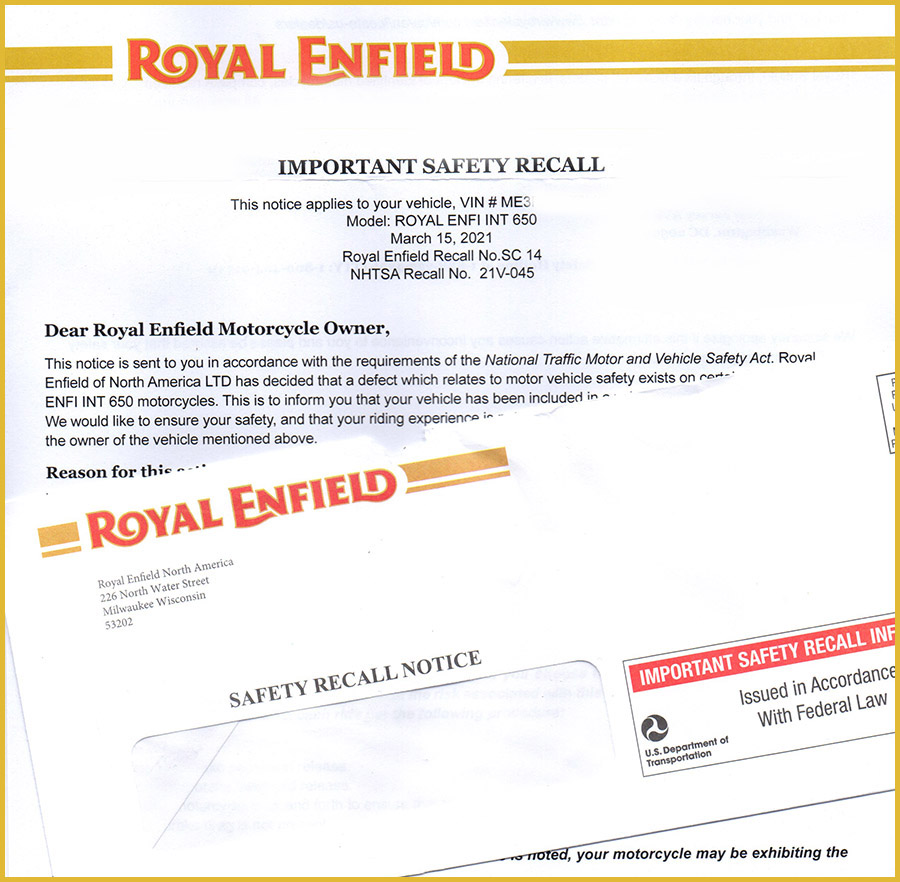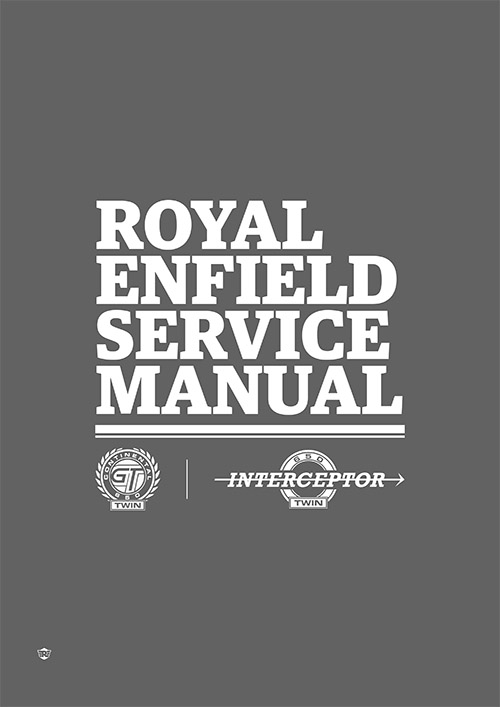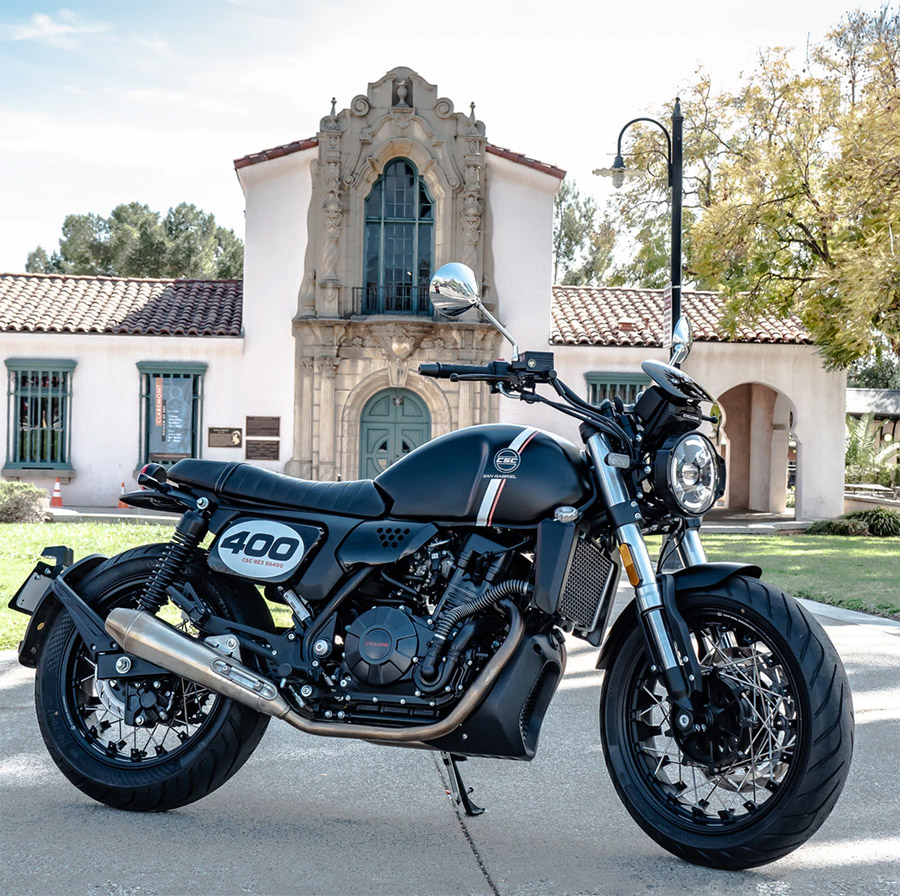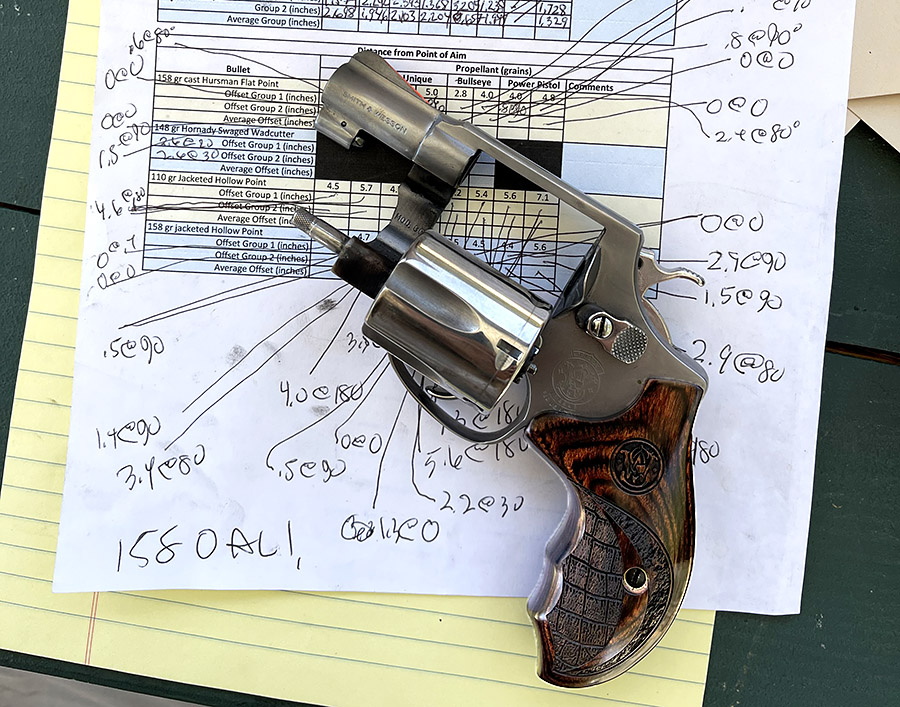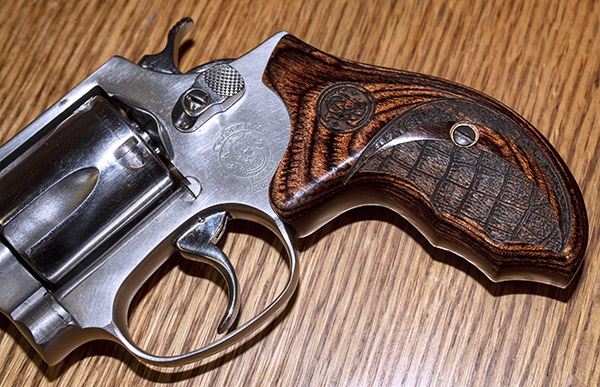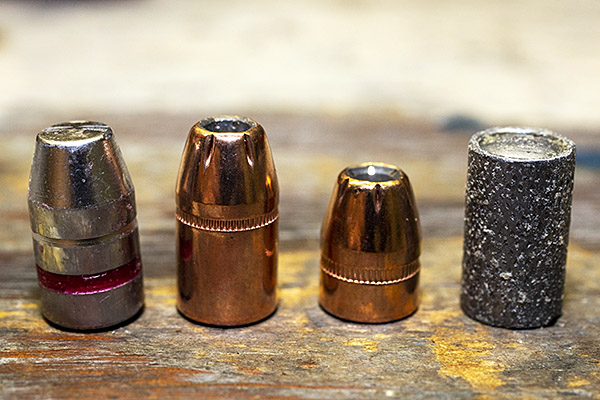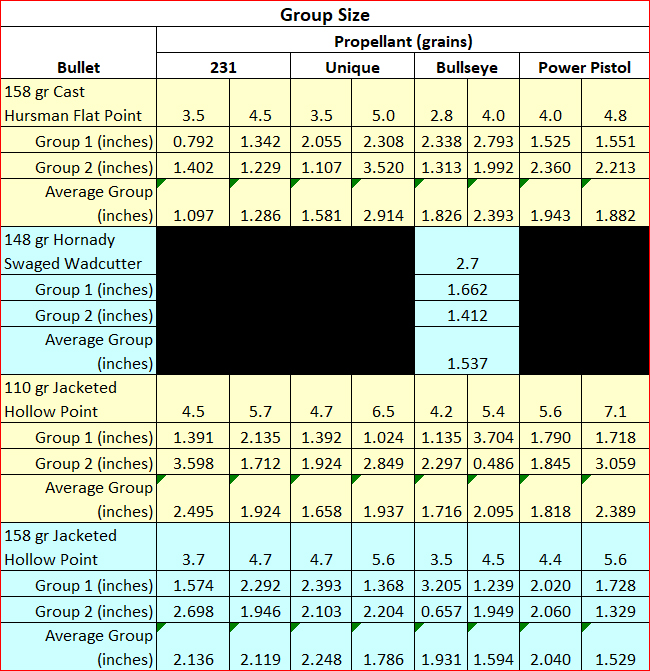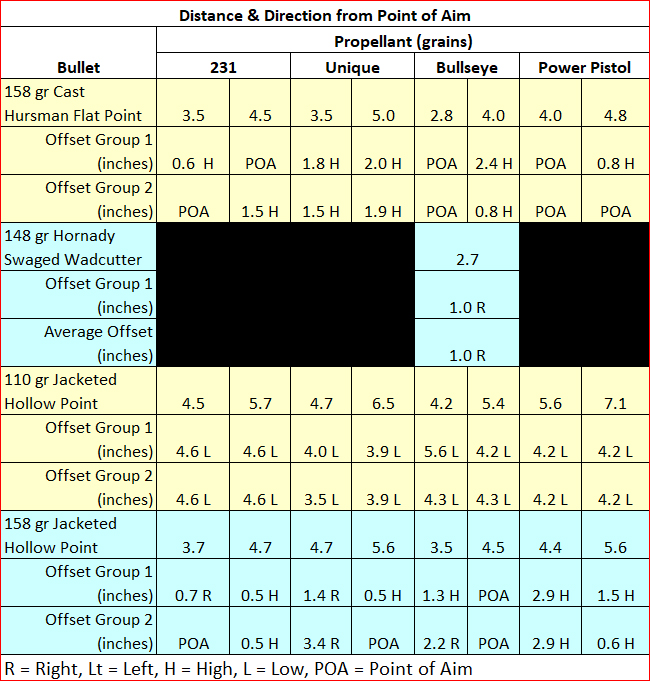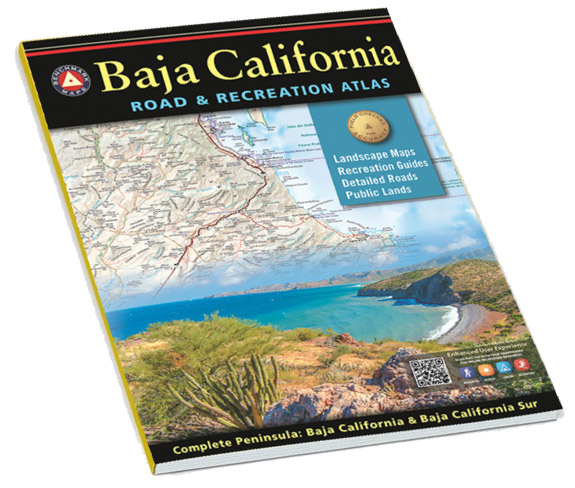It was the summer of 1966, I was a skinny little 15-year-old kid, my Dad owned a new Triumph Bonneville, and I was in hog heaven. We were going to the motorcycle races. A big night out in those days was the East Windsor Speedway, a half-mile dirt track oval where they raced everything. Stock cars, two-strokes, and the big bikes. Not just locals, either. Harley’s Bart Markel (National No. 1), Triumph’s Gary Nixon (National No. 9), and more. It was the 4th of July weekend and it was 55 years ago. I remember it like it was last week.
East Windsor Speedway put on quite a show. Dad and I rode there on the Bonneville. I fancied myself a motorcycle guy and it just didn’t get any better than the half-mile dirt oval at East Windsor. The fun started right in the parking lot with hundreds of fans’ motorcycles. Fins and twins (everything was an air-cooled twin in those days), carbs, chrome, custom paint, custom seats, and more. It was all England and America and a little bit of Japan: Triumph, BSA, Honda, Harley, Suzuki, Yamaha…you get the idea. Italy and Ducati were yet to be discovered, only weirdos rode BMWs (remember those strange sideways kick starters?), and weirdos definitely didn’t go to the races. A new Bonneville was $1320 and a Honda Super Hawk (electric start, no less) was only about $600. It all seemed so attainable.


The East Windsor Speedway is long gone now, shut down by noise complaints from the encroaching ‘burbs and then plowed over for more cookie cutter homes. It’s a pity, really.
East Windsor always put on quite a show, but that 4th of July evening was a six sigma outlier on the right side of the bell curve. Stock car racing was first, then the 250cc class (love that smell!), then the big boys (including Nixon and Markel), then the main event (Evel Knievel!)…and it was all washed down with a 4th of July fireworks display that was as good as I had ever seen. That warm New Jersey night out started before the sun went down and finished around midnight. I think the cost to get in was something like $2.50.
Evel Knievel was the highlight for me and I think for everyone else, too. Evel was just starting to get famous, and here he was in person. White leathers and a cape trimmed in red and blue on the 4th of July. (Gresh and I always wanted capes, but we had to wait 50 years and go to China to get ours.) A Harley V-twin, with monstrous ramps set up on the infield (one for liftoff and one for landing), with a couple of Greyhounds in between (buses, that is…not the dogs).
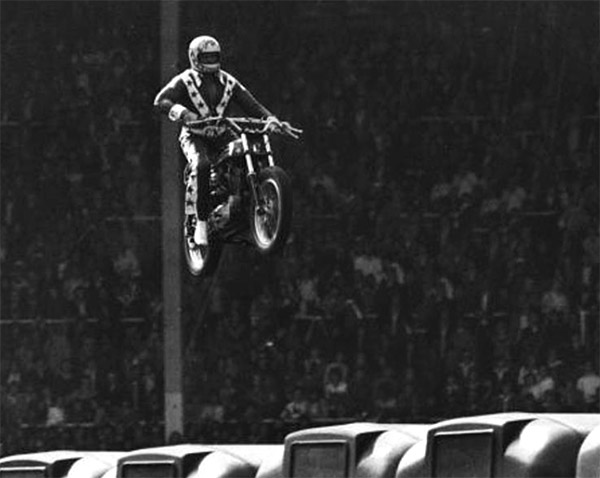
The crowd fell silent as Evel revved the 750 Harley and then accelerated. But it wasn’t up the ramp. Nope, Evel (ever the showman) accelerated alongside the ramps and the buses when we all expected him to jump. Faked us out, he did. Then he looped around to start again. Ah, I get it, we all thought. That was just to gage his acceleration before hitting the ramps for real. The anticipation built. Thousands held their breath as Evel accelerated again, but he faked us out with another run alongside the ramps. Okay, all part of the show. A third time….maybe this would be it…but no, it was yet another tease. Back to the start point, more revving, and by now we were wise to the ways of Evel. We all thought it would be another feint. But nope, this was the real deal…up the ramp rapidly and suddenly there he was: Airborne Evel, sailing up and over the buses, suspended high in the evening air, and then back down on the landing ramp. He hit the brakes hard, struggling to stop before running out of room, the Harley’s rear end sashaying around like an exotic dancer in a room full of big tippers.
The crowd went nuts. A seismic cheer drowned out the mighty Milwaukee sound machine. We had seen Evel, the man and the motorcycle. Airborne and in person, flying over the buses that would have you leave the driving to them. It was awesome.
It all happened 55 years ago. Evel, my Dad, and the East Windsor Speedway have gone on to their reward and I’m officially a geezer drawing Social Security. But that evening? It will live in my memory forever.
Never miss an ExNotes blog…sign up for a free subscription here!


